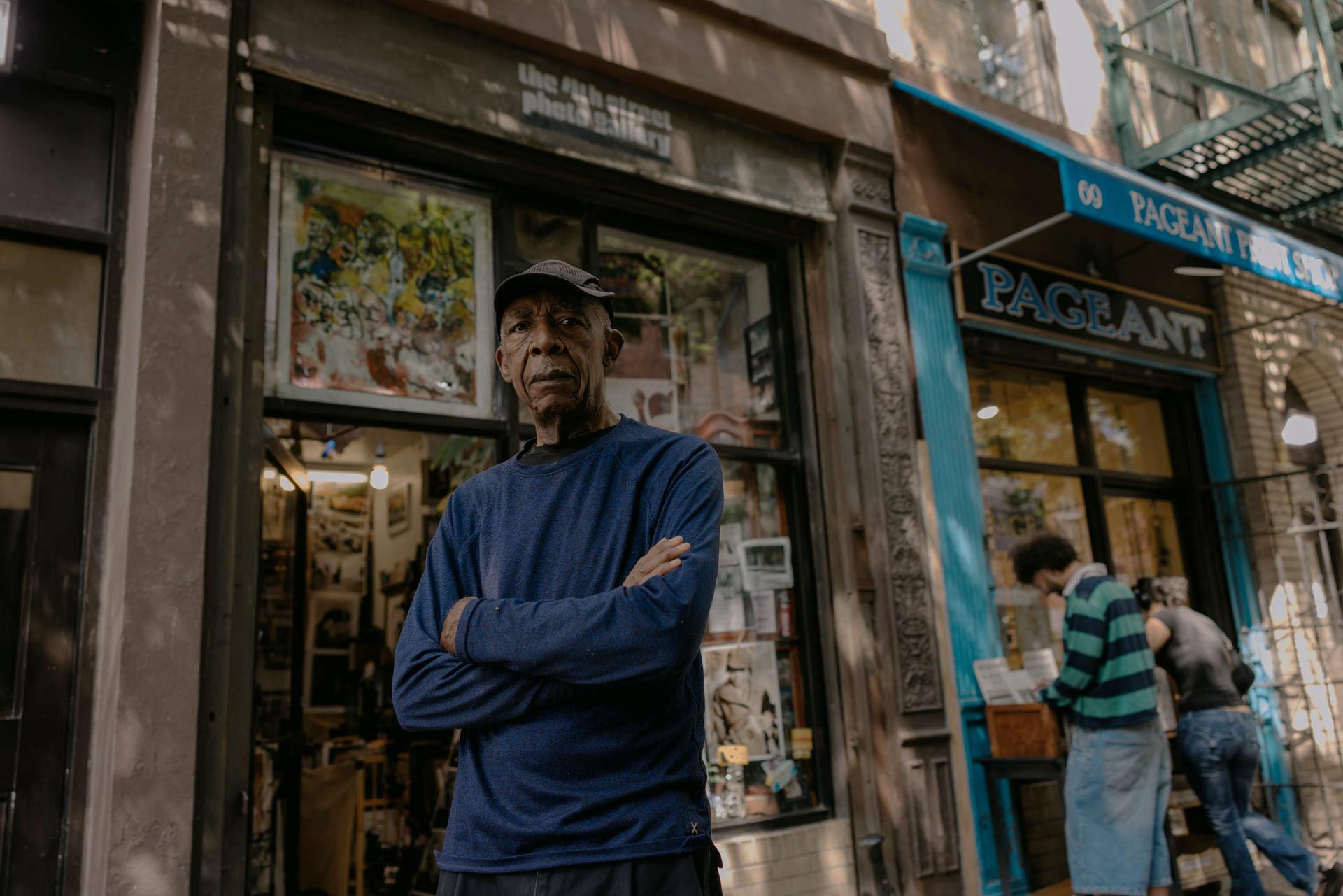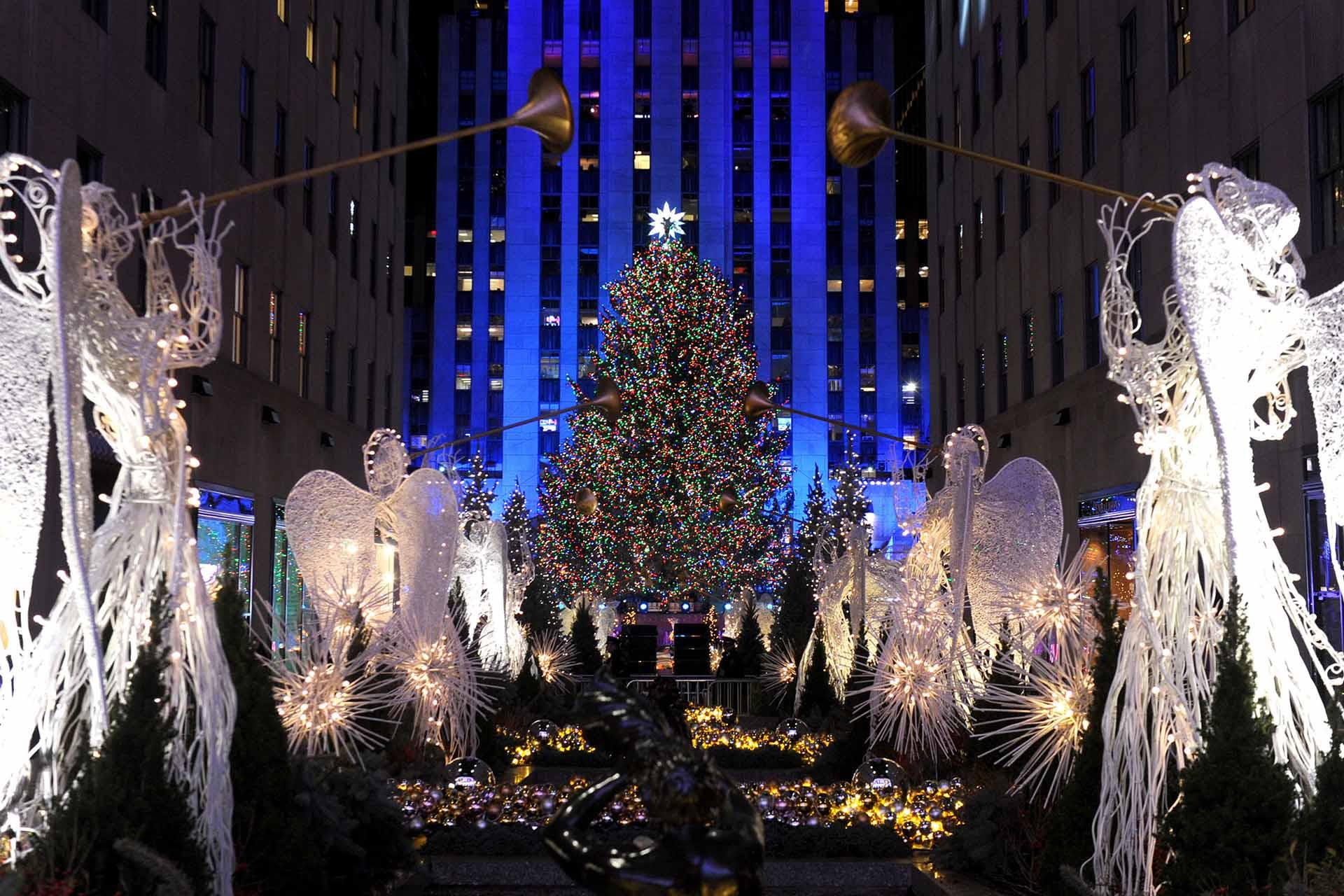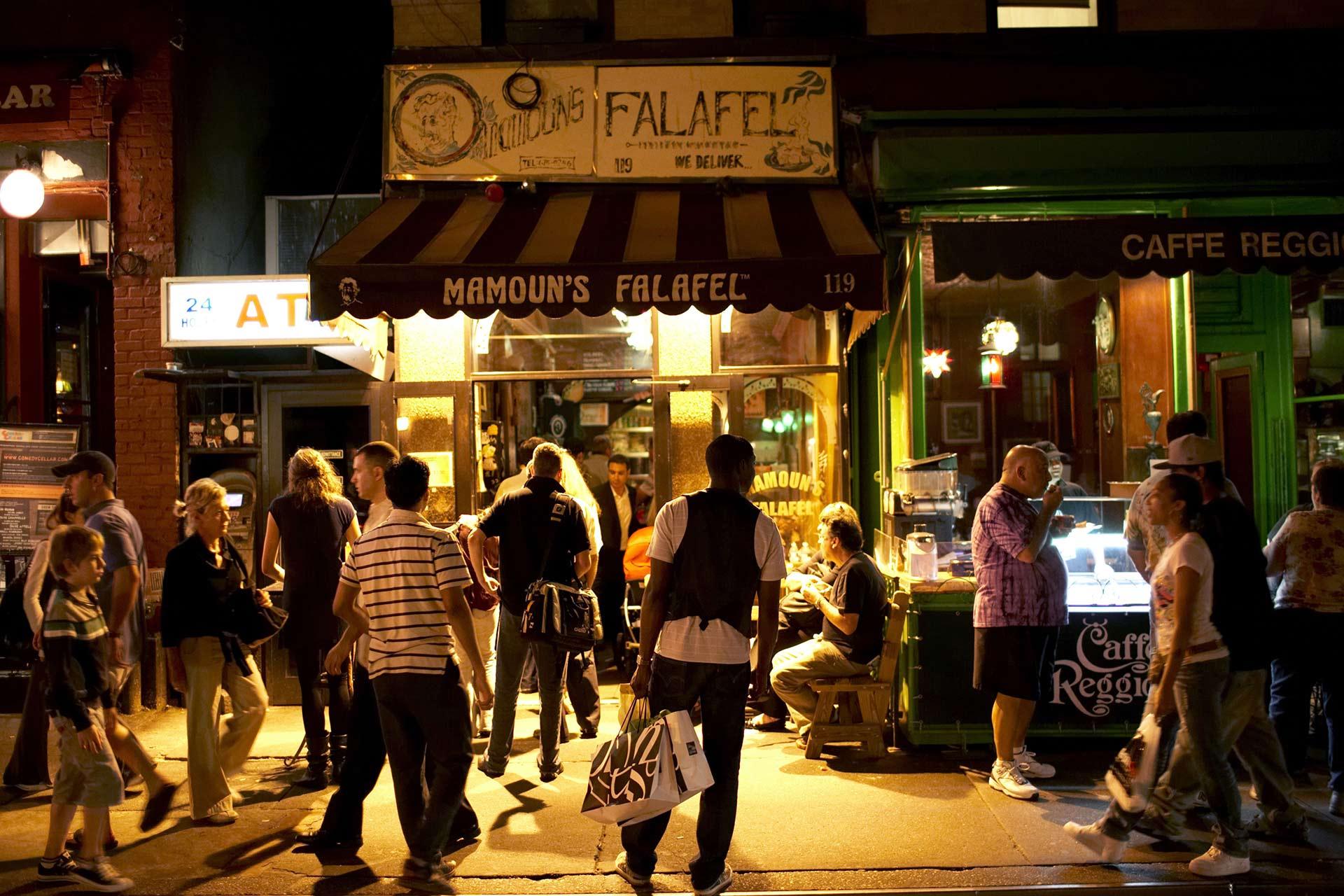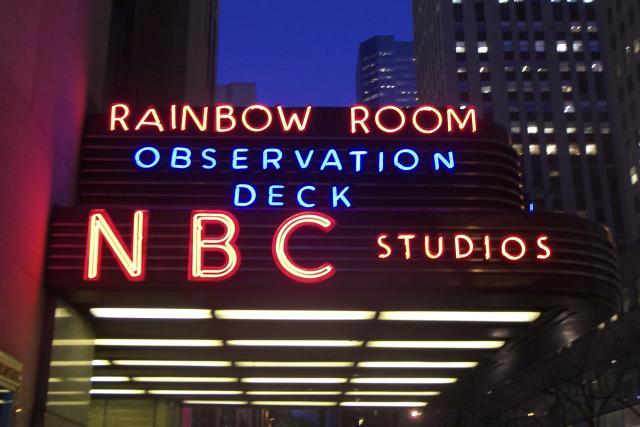Chef Paul Carmichael was cooking full meals for his Barbadian family at age 8. There’s even a photograph of 3-year-old Carmichael standing on a kitchen chair working a frying pan. His lifelong commitment to building flavor profiles is why he’s now heading up culinary operations at restaurant juggernaut Momofuku. After years helping the brand launch eateries around the globe, Carmichael is back in New York City with his latest brainchild: Bar Kabawa, a rum-forward, speakeasy-like space in the East Village serving delectably innovative takes on daiquiris and Caribbean patties.
Once you’ve indulged in the latter—pairings of shrimp with ginger or curry crab with squash are pocketed in pastry as buttery as it is artful—try Bar Kabawa’s “Jamaican caviar,” aka Solomon Gundy, a smoked red herring dip served with cassava chips. The rum options travel from St. Lucia (Bounty) to Barbados (Foursquare Exceptional Cask), and the daiquiris range from classic to guava.
We caught up with the chef, who also recently opened an upscale prix-fixe restaurant next door—simply called Kabawa—to discuss his dream bar and his mission to serve the Caribbean diaspora as creatively as possible.

Chef Paul Carmichael. Courtesy, Bar Kabawa. Photo: Andrew Bezek
What does an 8-year-old Barbadian cook for his family?
Paul Carmichael: My family wasn’t wealthy, but they worked incredibly hard to provide for me and my brothers. The way I learned to cook was to use what you have. You open the fridge and look in the basket in the back with potatoes and onions and figure it out. It’s like, “We got chow mein in the fridge, and Mom just bought chicken.” We figure it out.

Courtesy, Bar Kabawa. Photo: Andrew Bezek
What dish from your childhood did you always want?
PC: That’s easy: black pudding and souse. Black pudding is blood sausage made with sweet potato and pig’s blood. Souse is made with pork, lamb or chicken feet. My great-grandmother died when I was 9, and she was incredible at making it, to the point that people would come from around the island to buy it. It was so spicy that it felt like it made your teeth vibrate.
In 2011, you took over Ma Pechè, which was part of the colossal Momofuku brand. Was that a lot for a young chef?
PC: I didn’t want it. I’d been working as a sous chef there for nine months when I got the role. The original chef left and said, “Out of our crew, you should be the chef. Everyone respects you, and literally three-quarters of the menu is yours.” I care about [Momofuku founder] Dave Chang, and I wanted to make Dave proud, which I’ve learned is a terrible way of looking at things. If you want to be really great at something, you can’t be great for others. You have to have your standards and keep and exceed those standards. If you do that, the people you care about will be happy.

Rum & The Coconut for two. Courtesy, Bar Kabawa. Photo: Andrew Bezek
Why did you decide to open a rum-forward bar?
PC: This bar has been in my brain for nearly a decade. I finally figured out who I am as a chef and what I want to share with the world. I wanted to showcase the Caribbean. For example, the daiquiri is from Cuba, and Cuba is my cousin. I’m also a person who likes focus. So I want to focus on one thing and then play in that sandbox. A daiquiri is rum, sugar and lime, but we can expand on that. You can get a classic daiquiri, but you can also have a bay leaf daiquiri.

Caribbean patties. Courtesy, Bar Kabawa. Photo: Andrew Bezek
How much of a priority is it to attract the local West Indian community, who can have easy access to authentic patties in areas like East Flatbush?
PC: I live in Flatbush, so it is incredibly important to me that the people in my neighborhood want to come here. This place is to honor our region, and I want our region to take part in it. I told my marketing team that I need our reach to be more than the normal reach. Everybody who’s a fan of Momofuku is going to come. But there’s an entire other audience of folks that is needed too: the neighborhood people in the East Village, those from Caribbean neighborhoods in the City, the wealthy, the foodies, the college kid who has $30 a week—Bar Kabawa is for everybody.






